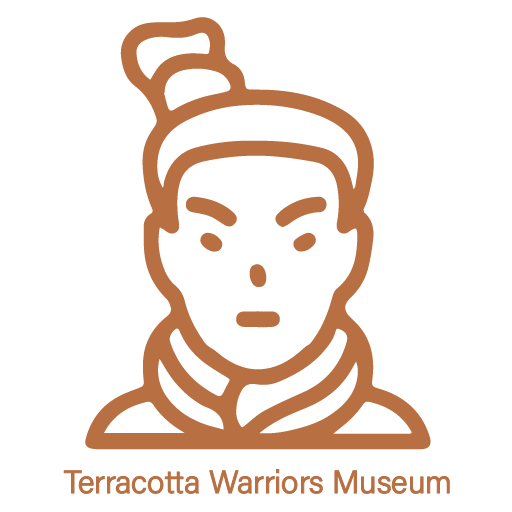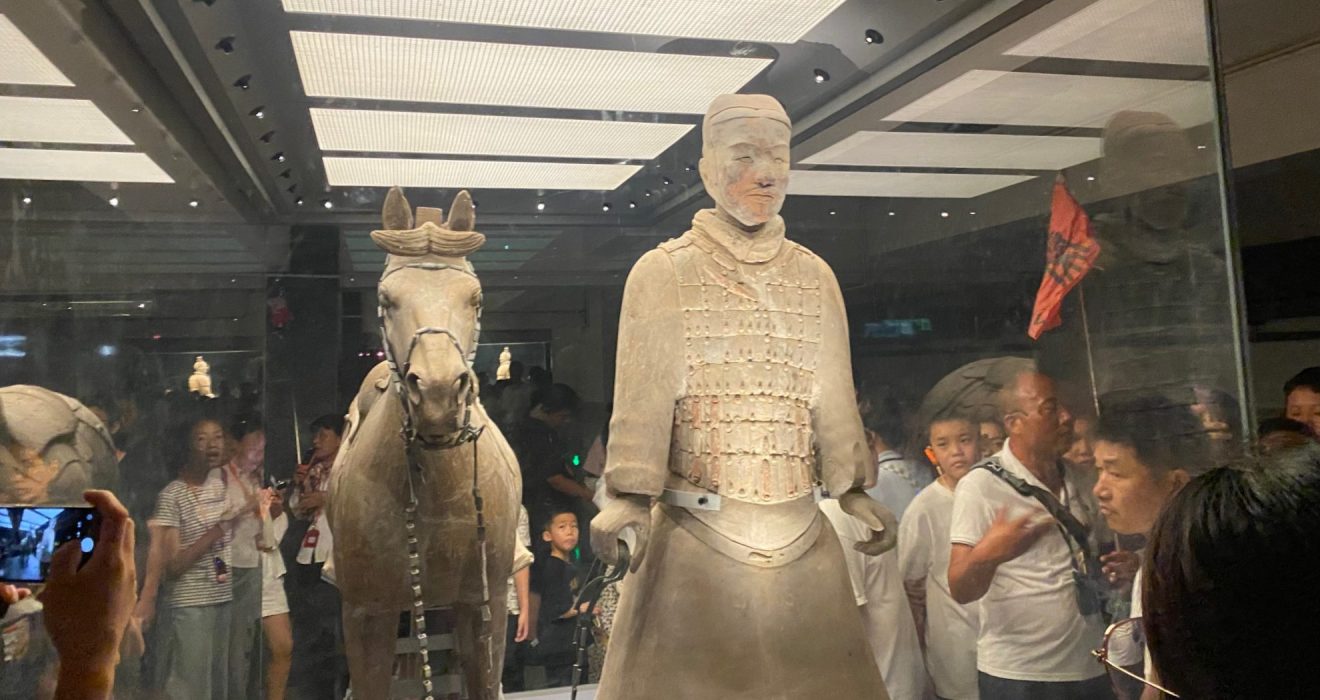Travel from Japan to China: Visit the Terracotta Warriors in Xian
In this article, we outline the allure of the Terracotta Warriors and provide practical travel advice for those planning a journey from Japan to Xian. By carefully planning your trip, selecting the best time to visit, and utilizing convenient transportation options, you can ensure a smooth and enriching experience. Xian’s deep historical connections with Japan, its vibrant cultural heritage, and its diverse culinary delights make it a must-visit destination. With the right preparation, your journey to Xian will be a captivating blend of history, culture, and unforgettable memories.
Flight from Japan to China, Xian
With several airlines offering direct flights from major Japanese cities such as Tokyo, Osaka, and Nagoya to Xian Xianyang International Airport, the journey is both accessible and convenient. The flight time from Japan to Xian is about 5 hours.

Japan to China Visa
Japanese travelers should ensure they have a valid passport and have checked the latest Chinese visa requirements before departure. Often, package tours include visa assistance, making travel arrangements smoother.
How to Get to Terracotta Warriors from Xian Airport
Once in Xian Xianyang International Airport, getting to the Terracotta Warriors is straightforward from Xian airport. Located approximately 40 kilometers northeast of the city center, several transportation methods are available (The prices below are for reference only and may change slightly depending on your tour in China):

Opting for a guided tour can not only simplify the journey but also provide valuable insights into the historical and cultural significance of this grand site.
Terracotta Warriors Tickets Price
The admission fee for the Terracotta Warriors Museum is set at 120 RMB (Chinese Yuan), which is roughly equivalent to 2500 JPY. To have a smooth visit, it’s a great idea to book your tickets online ahead of time. This is especially crucial during China’s peak tourist seasons. By doing so, you can skip the long lines and make sure you get a ticket, as they can sell out quickly. Taking a guided tour is a wonderful way to enrich your experience. A knowledgeable guide will bring the history to life, sharing in-depth stories and details about the exhibits. There are various tour options available. You can choose a standard group tour if you like the company of other visitors and want a more budget-friendly option. Or, if you prefer a more personalized experience, private guided tours are also on offer, allowing you to explore at your own pace and ask as many questions as you’d like.
Overview of Terracotta Warriors
Terracotta Warriors Pits
As visitors descend into the museum grounds, they are greeted by thousands of detailed statues arranged in battle formations. The largest section, known as Pit 1, contains the majority of the warriors, while Pit 2 showcases cavalry and chariots. A smaller pit, Pit 3, is believed to have served as the command center where the most elaborate figures are on display. The subtle facial expressions, varied uniforms, and lifelike postures of these sculptures testify to the advanced craftsmanship of ancient Chinese artisans.
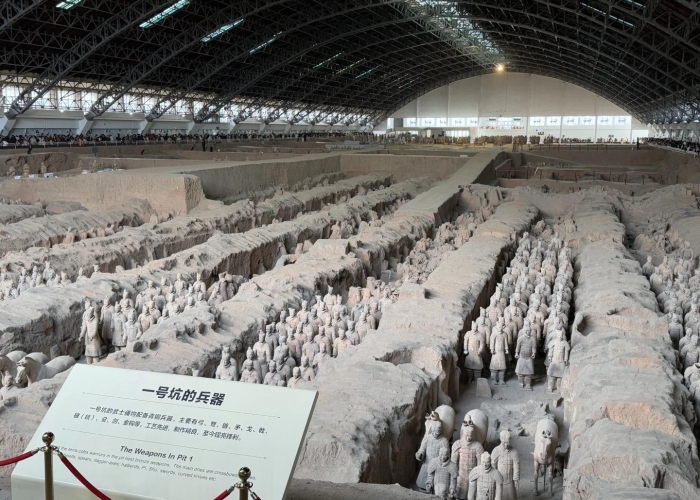
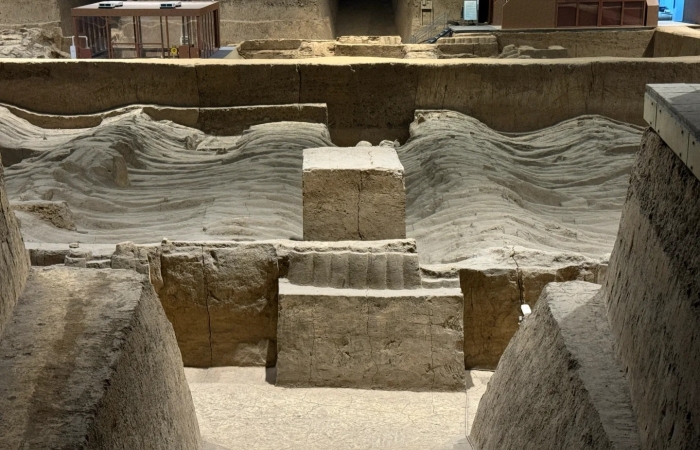
Terracotta Warriors Cultural Significance & Photography
For Japanese tourists passionate about history and arts, the Terracotta Warriors offer a deeply enriching experience. Many guides are fluent in English and sometimes Japanese, providing visitors with detailed narratives and contextual background. Photography is a popular activity; however, it is advised to be mindful of signage regarding restrictions in certain areas. The guided tours often come with additional interactive experiences—such as short documentaries and pottery demonstrations—that reveal the ancient process behind the creation of these sculptures.
Travel Tips and Local Insights for Terracotta Warriors
Best Times to Visit Terracotta Warriors
Ensuring to have a pleasant trip to this museum, you should choose a proper time to visit Terracotta Warriors. The Optimal months for exploring Xian and the Terracotta Warriors are during the spring (March to May) and autumn (September to November) seasons. These periods offer mild weather, ideal for leisurely explorations. Also, get to the Terracotta Warriors early in the morning. Meanwhile, Japanese visitors should avoid major local Chinese holidays and Japanese Golden Week to circumvent crowds and ensure a more relaxed visit.
Xian Top Attractions: More Than the Terracotta Warriors
Xian City Wall
The Xian City Wall stands as a testament to China’s ancient defensive architecture, being one of the most well-preserved in the country. Renting a bike to traverse its top is a must-do activity. As you pedal along, you’ll be treated to sweeping views that blend the city’s ancient charm with its modern urban landscape. Whether you choose to cycle or take a leisurely walk, it gives you an unparalleled vantage point to appreciate Xian’s historical roots and contemporary progress.
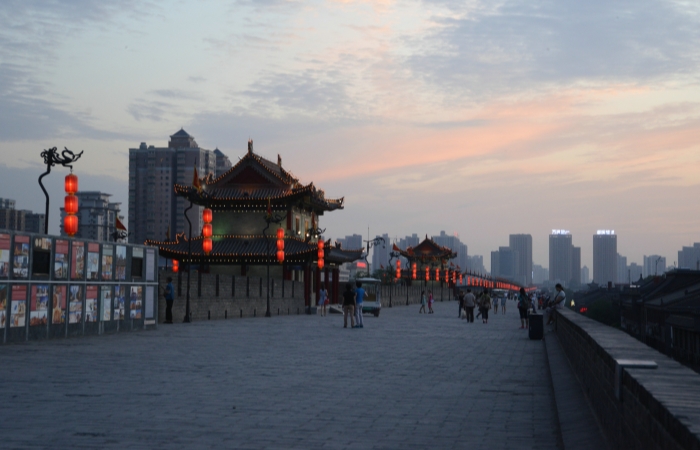
Giant Wild Goose Pagoda
This iconic Buddhist pagoda is not only a spiritual center but also an idyllic spot with beautiful gardens. Its elegant structure is a symbol of the cultural exchanges that once took place between China and the outside world. A visit here allows you to soak in the peaceful atmosphere and admire the fine craftsmanship of this architectural gem.
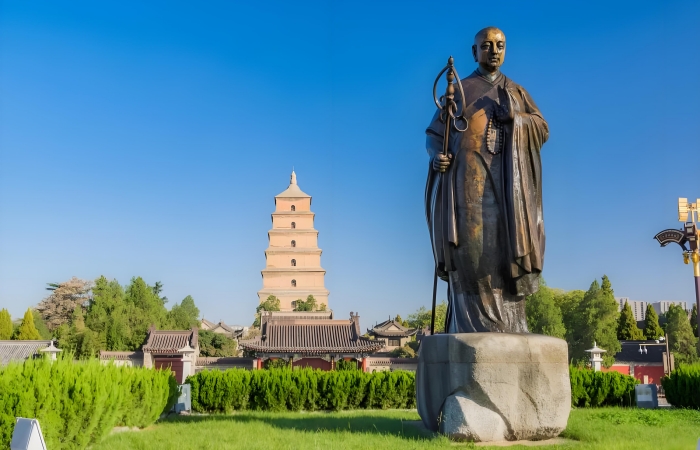
Muslim Street
The Muslim Street, or Muslim Quarter, is a vibrant hub filled with the enticing aromas of street food and the hustle-bustle of busy markets. It’s a food lover’s paradise where you can savor local favorites like roujiamo, often called the “Chinese hamburger,” and the thick, chewy biangbiang noodles. In addition to the culinary delights, there are numerous stalls selling traditional handicrafts and souvenirs, providing a chance to take home a piece of Xian’s culture.
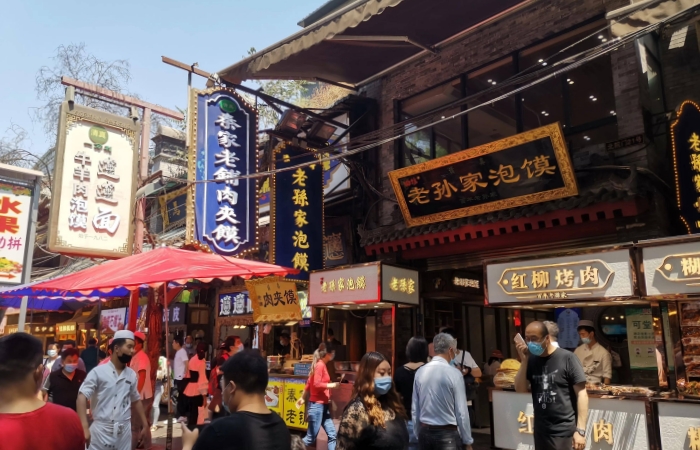
Shaanxi History Museum
To truly understand the depth of Xian’s long and storied past, the Shaanxi History Museum is an essential stop. With its vast collection of artifacts from different dynasties, it serves as a time-capsule, offering a comprehensive overview of the region’s cultural and historical evolution.
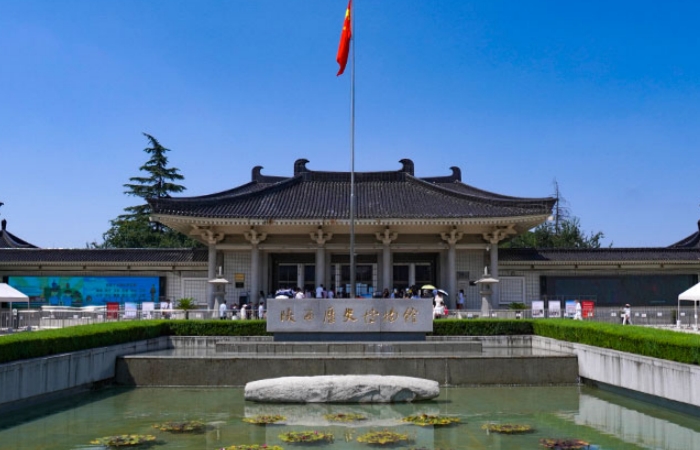
Where to stay in Xian: Budget and Accommodation
Xian caters to a wide range of budgets, from affordable hostels to luxury hotels, particularly in the city center. Accommodations near major transit hubs make it easier to access additional tourist attractions like the Ancient City Wall, the Muslim Quarter, and the Big Wild Goose Pagoda. Budget-conscious travelers can benefit from public transportation options, whereas those seeking a more straightforward experience might opt for guided tours that include both transport and accommodation arrangements.
A Cultural Bridge Between Japan and China
The journey from Japan to Xi’an symbolizes a bridge between two rich cultural traditions. In Japan, a deep-rooted respect for antiquity and meticulous craftsmanship resonates harmoniously with the historical artistry of the Terracotta Warriors. This connection is further amplified as both cultures share an appreciation for heritage sites that challenge the boundaries of time and inspire awe. With every visit, Japanese travelers not only engage with Chinese history but also build a personal narrative that celebrates their own cultural curiosities and exploration spirit.
